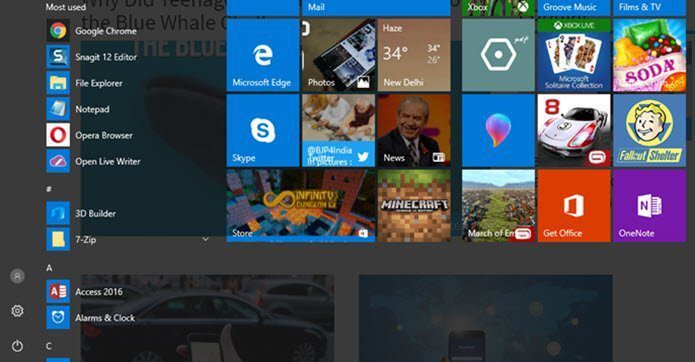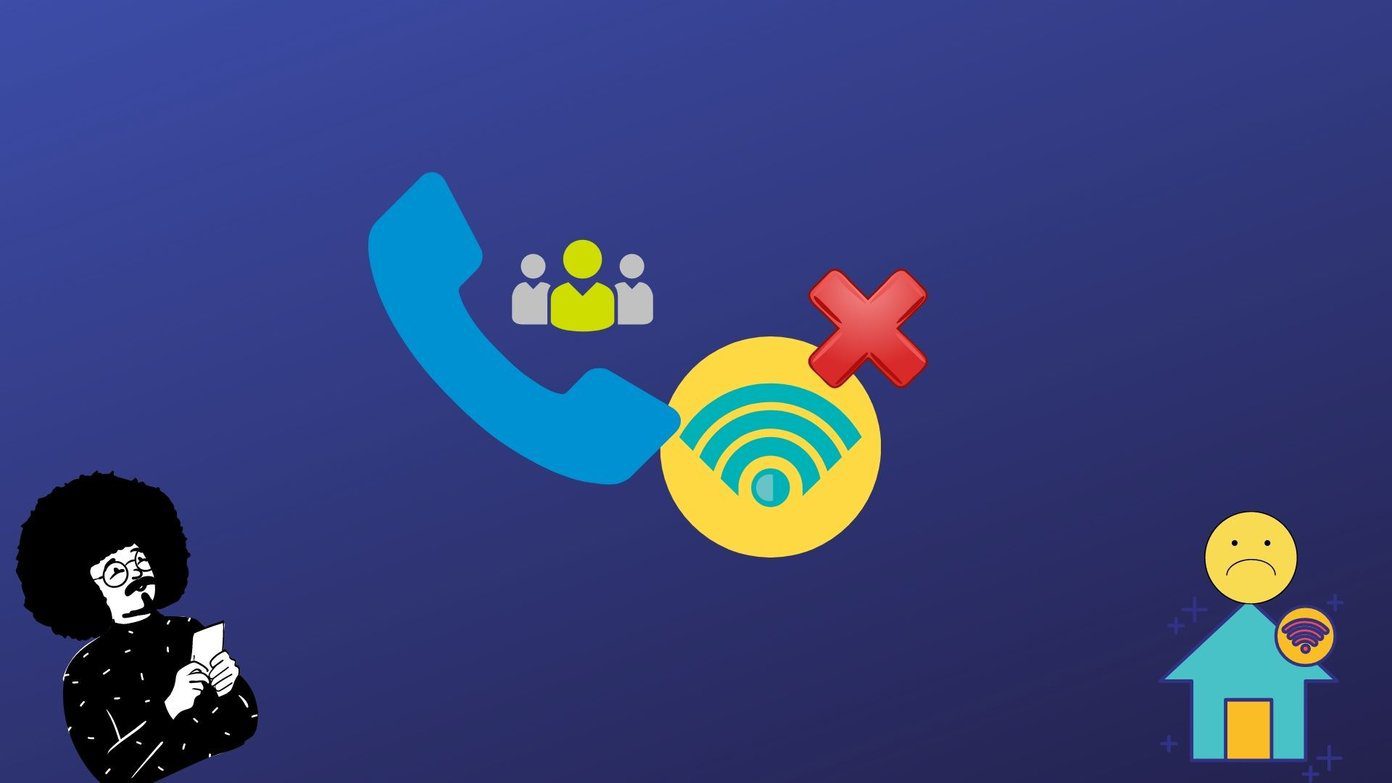This guide will show you how to customize the windows 7 start menu to include or exclude items according to your preferences. You can customize it by changing its properties. Right click on “Start” button and click on Properties option. Go to “Start Menu” tab. Here you’ll find “Power button action” option. Click on drop down next to it. You’ll get various power options. Select the action you want after power button will be pressed. If you prefer your computer to go in “Sleep” state or “Hibernate” state instead of shutting it down then choose one among them instead of “Shut down”. Here’s the screenshot of power button. Click on “Customize” button given in the Start menu tab in the properties panel. Customize Start menu window will appear. Here you can find various option buttons like “display as link, display as menu, don’t display this item” etc. You have to choose any one of them. For example below control panel if you select “Display as menu” then when you hover your mouse over this option in the start menu, it will expand and display all the items it contains. Similarly you can customize other options. Let’s have a look on all the options one by one which has check boxes. We’ll try to understand the meaning of these options and how they can affect the Start menu.
Start menu customization options
Connect to – It shows all the available wireless networks, dial-up and VPN connections that you can connect to. Device and Printers – Displays all the devices, printers and print jobs associated with the PC. Enable Context Menus And Dragging And Dropping – This option gives you the ability to right click on any item on the start menu. You can also drag and drop files from it. To take advantage of this facility, keep this option checked. Help – Shows Windows help and support link on the start menu. Highlight Newly Installed Program – Check this option, now go to start menu and click on “All Programs”. You’ll see all the new programs you installed on your computer are highlighted. Open Submenus When I Pause On Them With The Mouse Pointer – Check this option. Now hover your mouse over the option having menus. For example when you hover your mouse over “All programs”, a list of programs will appear automatically without clicking on it. Recent Items If you check this option, Recent Items link will appear. Hover your mouse over it andit will display the list of last opened files on your computer. You can easily switch to one of those files by clicking on it. Run command – Show run command option in the start menu. Useful for those who don’t know that keyboard shortcut for run command is Win (Windows Key)+ R. Search programs and Control panel – Check this option to include installed programs and various control panel options in the search results. If you don’t check this option you won’t find any results if you search for any program or control panel option. Compare the screenshots below. Option unchecked Option checked Sort All Programs Menu By Name – If you check this option, all the menu items are arranged in alphabetical order. If it is kept unchecked then all the items will appear in the order of installation.
Use large icons: To increase the size of icons appeared on start menu, check this option. Otherwise the size of icons will be reduced. Number Of Recent Programs To Display You can decide how many number of programs will be appear in the list of start menu. You can assign value between 0 to 30. Note: If you assign value as 30 then it is not necessary that it will display recently opened 30 programs in the list. It depends on screen resolution of your PC and number of pinned items. Number of Recent Items To Display In Jump List: Jump list shows list of last opened programs and other options. Jump List can appear both on the task bar and start menu. You can decide how many recent items to display in the Jump list. In the screenshot given below there are total seven items in the list. You can increase or decrease the number of items in spin box by selecting numbers between 0 to 60. That’s how you can customize the start menu in Windows 7. Share any start menu tricks you know in comments. The above article may contain affiliate links which help support Guiding Tech. However, it does not affect our editorial integrity. The content remains unbiased and authentic.














![]()









